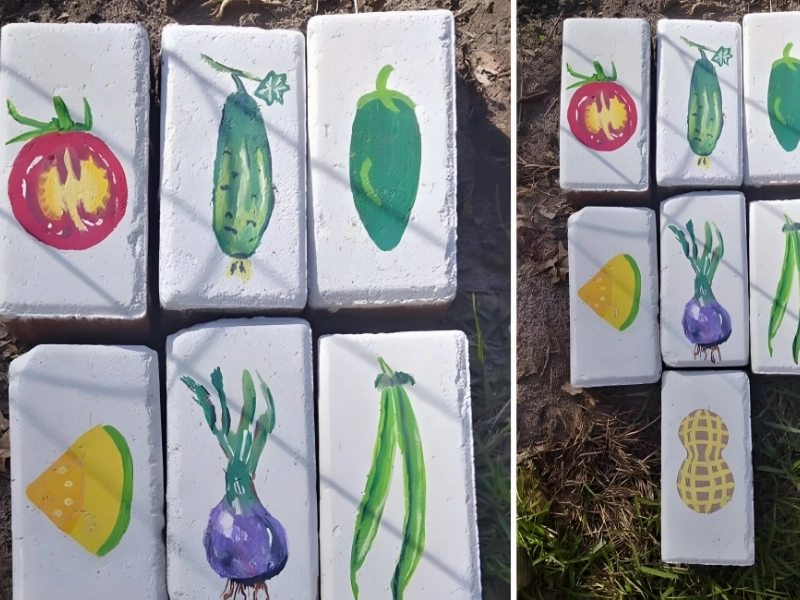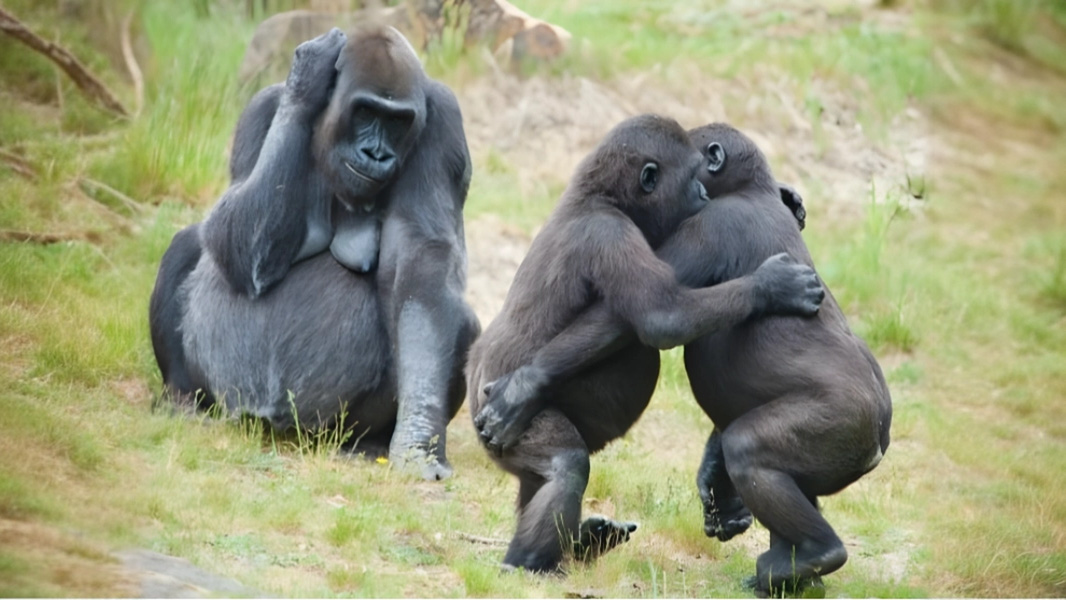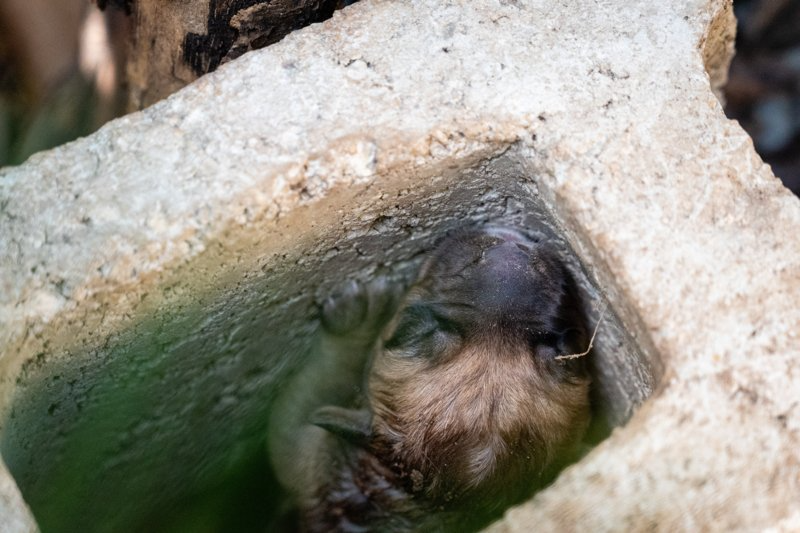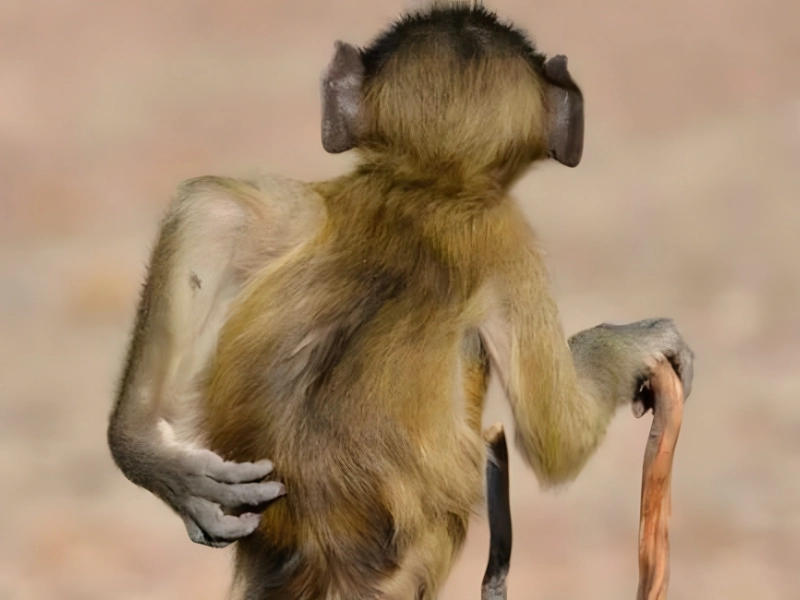Unbelievable Things Found in Caves That Will Make You Go Wow
The Wonders of Caves: A Journey Through History Throughout human history, caves have served various purposes: homes, halls of worship, and canvases for prehistoric artwork. From the ancient paintings in the Lascaux Cave to the enigmatic caverns of Ajanta and Ellora, these underground worlds bear witness to the lasting imprints of humanity.
Historical Significance Caves as Homes: Early humans sought shelter in caves, utilizing their natural protection from the elements.
Spiritual Spaces: Many caves have been revered as sacred sites, serving as places of worship and reflection.
Artistic Canvases: Prehistoric artwork found in caves illustrates the creativity and cultural expressions of ancient civilizations.
Treasures and Secrets Caves are not only historical landmarks but also mysterious places that often conceal treasures and secrets. Explorers and archaeologists venturing into these dark passageways have uncovered:
Fossils: Remnants of ancient life provide insights into the Earth's biological history.
Ancient Artifacts: Tools, pottery, and other items reveal the daily lives of past civilizations.
Lost Civilizations: Some caves have been found to contain remnants of entire communities, offering a glimpse into human history.
Conclusion This compilation celebrates the remarkable geological marvels of our planet and the resilience of human creativity. By showcasing some of the most engaging, astonishing, and extraordinary finds made within caves worldwide, we gain a deeper appreciation for both the natural world and the enduring legacy of human innovation. Caves remind us of our connection to the past and the mysteries that still await discovery.
1. The Mummies of Kabayan
The Kabayan Mummies: A Glimpse into Ancient Burial Customs Found Year: 1900s Estimated Value (Human Remains): N/A The eerie Kabayan Mummies, located in the Kabayan caves of the Philippines, serve as a fascinating testament to ancient burial customs. Dating back to the 1900s, these remarkably well-preserved mummies are believed to have resulted from the natural mummification practices of the Ibaloi people.
Burial Practices Natural Mummification: The Ibaloi people employed unique methods for mummification, utilizing the region's environmental conditions to preserve their dead.
Fetal Position: The deceased were often placed in a fetal position, symbolizing a return to the womb and the cycle of life.
Personal Artifacts: Mummies were adorned with personal items, reflecting the individual's life and status within the community.
Conclusion The Kabayan Mummies offer valuable insights into the cultural and spiritual beliefs of the Ibaloi people. Their preservation not only highlights the intricate burial customs of the past but also serves as a reminder of the rich history and traditions that continue to shape the identity of the Philippines. These mummies stand as a haunting yet fascinating link to our shared human heritage.

The Kabayan Mummies: Insights into Cultural Perspectives on Death
The nearly millennium-old Kabayan Mummies offer a unique glimpse into the cultural perspectives of the Ibaloi people regarding death and the afterlife. These well-preserved remains serve as significant subjects for anthropological and archaeological research, illuminating the traditions and rituals of prehistoric Kabayan culture.
Cultural Significance Distinct Views on Death: The mummies reflect a unique understanding of mortality, emphasizing the importance of honoring the deceased through specific burial practices.
Rituals and Traditions: The customs surrounding mummification and burial provide insights into the spiritual beliefs and societal structures of the Kabayan people.
Conclusion The Kabayan Mummies are not just historical artifacts; they are vital links to the past that enhance our understanding of human culture and the diverse ways societies perceive life and death. Their study continues to enrich the fields of anthropology and archaeology, revealing the depth of human experience across time.









